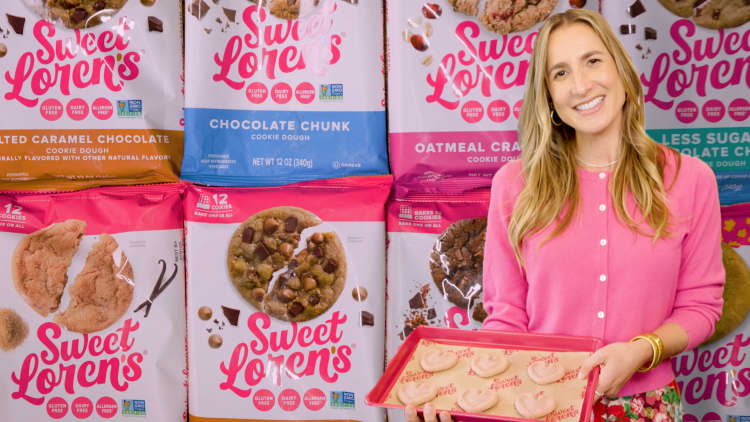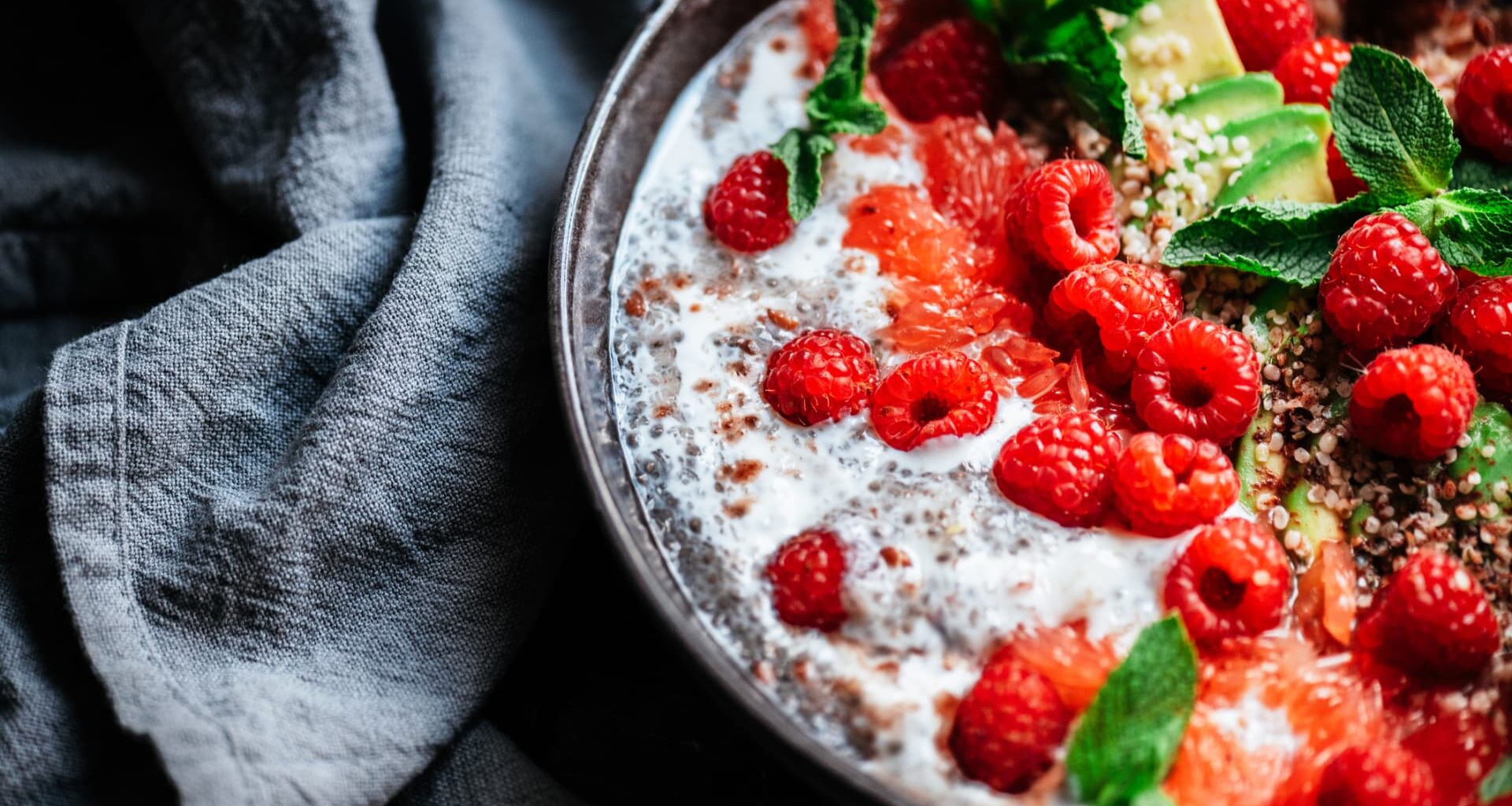For most of this year, health-conscious folks have been pretty obsessed with how much protein they’re eating every day — and sharing it all on social media. But recently, a different essential nutrient has come into focus: Fiber.
These days on TikTok, users are #Fibermaxxing, or increasing their fiber intake to get, or exceed, the recommended daily amount, and encouraging others to do the same.
The U.S. Department of Agriculture’s Dietary Guidelines for Americans encourages getting 25 to 28 grams of fiber a day for women younger than 50, and 31 to 34 grams daily for men under 50.
On social media, users are loading bowls up with chia seeds and fresh fruits and mixing together salads with vegetables and nuts to get as much fiber as possible, touting benefits like decreased bloating.
“People are doing that because it probably helps with digestion, weight management, weight loss [and] gut health,” says Mia Syn, registered dietitian and author of the cookbook, “Mostly Plant-Based.”
“Fiber is kind of becoming the new protein,” she says.
As with any emergent health trend, it’s wise to exercise caution and consult with a qualified professional. The optimal fiber intake for one individual might prove excessive for another. Here, Syn breaks down the benefits and drawbacks of fibermaxxing.
The best way to get fiber is food, not supplements
Most people could actually benefit from more fiber, Syn says: “Fiber is considered a nutrient of public health concern. Most Americans are not meeting the recommendation.”
Typically, adults in the U.S. are eating an average of only 10 to 15 grams of fiber a day, according to Harvard Health Publishing. And just 5% of Americans get enough daily fiber, according to a 2016 analysis published in the American Journal of Lifestyle Medicine.
“Low-fiber intakes link to higher risks of certain chronic diseases like heart disease, certain cancers and Type 2 diabetes,” Syn says. “We know that inadequate intake can also lead to digestive issues and constipation.”
Syn notes that everyone should get a sufficient amount of both soluble fiber and insoluble fiber. Soluble fiber can help lower cholesterol levels and stabilize blood sugar, while insoluble fiber can support digestion, regular bowel movements and prevention of constipation.
“Fiber is really synonymous with plant-based foods. Not your meat or dairy, but more like your whole grains, fruits, vegetables, legumes.”
High-fiber foods include:
- Oats
- Chia seeds
- Beans
- Lentils
- Apples
- Whole grains like brown rice
- Nuts
- Cauliflower
- Green beans
- Raspberries
- Blackberries
“The best way to get fiber, and any sort of nutrient, is from food, rather than supplements,” Syn says.
There are studies that show excessive fiber can cause gastrointestinal issues like bloating and disrupt the absorption of nutrients like calcium. Some experts, including Syn, advise that eating 70 grams of fiber or more may exceed the amount that most people should have in a single day.
“It is possible to do too much too soon,” she says.
Also, hydration is extremely important when you’re upping your fiber intake, she notes. Not drinking enough water — whether you’re fibermaxxing or just aiming for the recommended amount — can cause abdominal cramps, constipation, diarrhea, bloating or gas.
As for the trend? Fibermaxxing is pretty safe, Syn says, but she suggests introducing more fiber-rich foods into your diet slowly over time to avoid discomfort.
Harvard Health Publishing recommends adding “one more serving of a high-fiber food to your daily diet for a week, then see how your body feels.” And then continuing that pattern until you reach your quota.
“There is such a thing as too much of a good thing, so you want to be mindful of that,” Syn says.
“You want to stay within the recommendation, [but] going a little bit over for most healthy people will not be harmful.”
Want to stand out, grow your network, and get more job opportunities? Sign up for Smarter by CNBC Make It’s new online course, How to Build a Standout Personal Brand: Online, In Person, and At Work. Learn from three expert instructors how to showcase your skills, build a stellar reputation, and create a digital presence that AI can’t replicate. Sign up today with coupon code EARLYBIRD for an introductory discount of 30% off the regular course price of $67 (plus tax). Offer valid July 22, 2025, through September 2, 2025.
Plus, sign up for CNBC Make It’s newsletter to get tips and tricks for success at work, with money and in life, and request to join our exclusive community on LinkedIn to connect with experts and peers.

